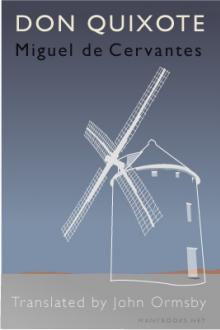Translated by John Ormsby.
One of the earliest novels in a modern European language, one which many people consider the finest book in the Spanish language.
“Don Quixote” is a timeless literary masterpiece that takes readers on a whimsical and thought-provoking journey. Miguel de Cervantes’ novel, divided into two parts, follows the adventures of the deluded yet endearing knight-errant, Don Quixote, and his loyal squire, Sancho Panza.
Transitioning seamlessly between comedy and tragedy, Cervantes weaves a tale of chivalry, love, and the power of imagination. Through active storytelling, he invites beginners to explore the blurred boundaries between fantasy and reality, challenging conventional norms and shedding light on the complexities of the human condition.
As the plot unfolds, readers witness Don Quixote’s encounters with windmills mistaken for giants and his idealistic pursuit of Dulcinea, the imagined love of his life. Alongside these escapades, Cervantes subtly criticizes the hypocrisy and shallowness of society, offering a humorous yet profound commentary on the human folly.
Despite the comical undertones, “Don Quixote” delves deep into themes of identity, perception, and the true nature of heroism. It reminds beginners of the transformative power of literature, encouraging us to question our own perceptions and beliefs.
In conclusion, “Don Quixote” is a captivating and enlightening literary work that stands as a pillar of Spanish literature. Through Cervantes’ lively prose and memorable characters, this novel sparks the imagination and provokes introspection. It is a testament to the enduring power of storytelling and serves as a gateway for beginners to explore the rich tapestry of classic literature.
Don Quixote
by – Miguel De Cervantes Saavedra

